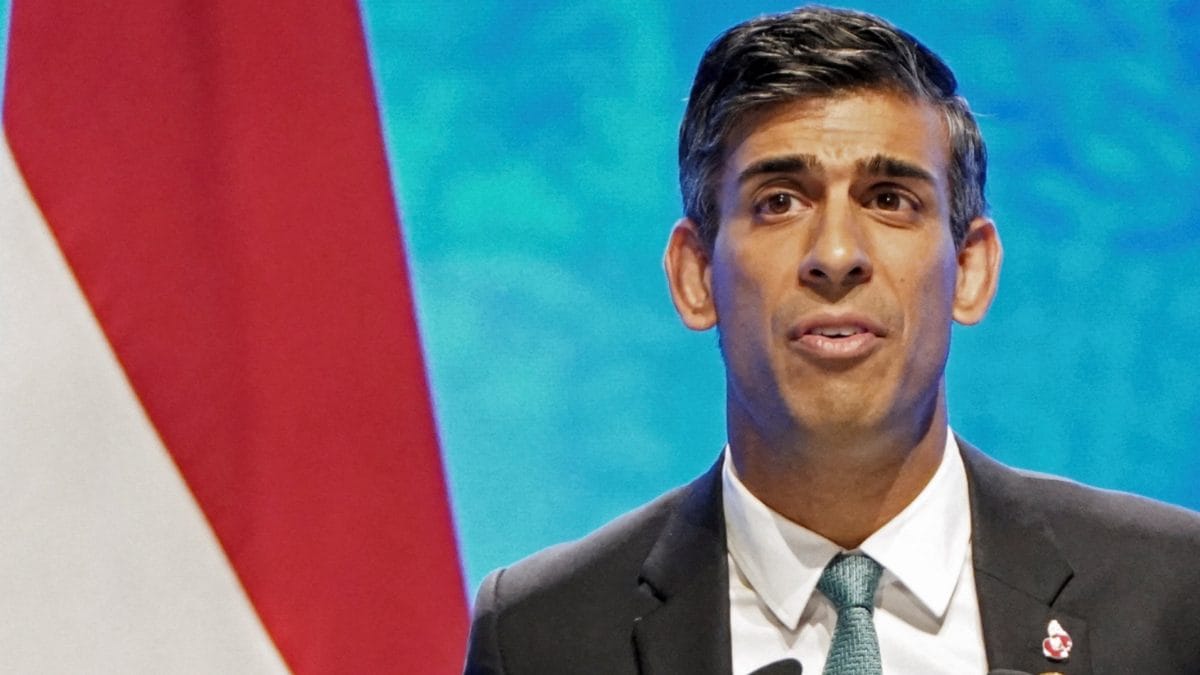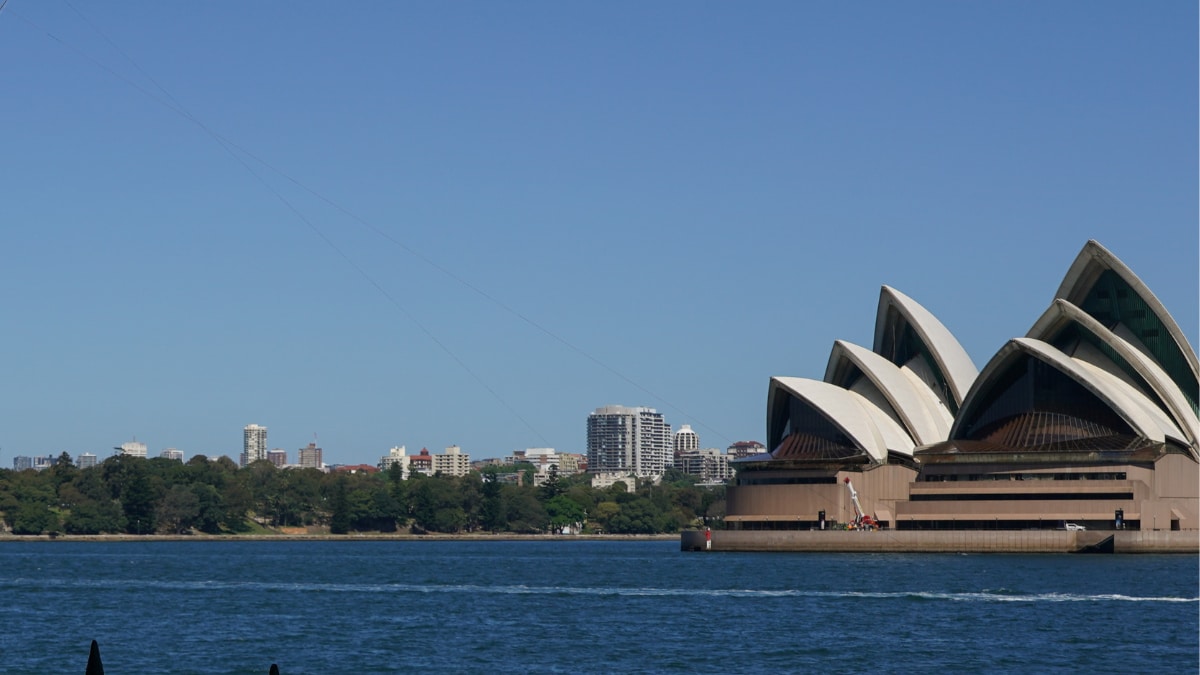
Last year, at the COP28 in Dubai, world leaders including the G7 had agreed to triple renewables capacity in wake of climate change. (Image: Reuters/File)
Following the latest analysis, experts recommended that the world’s most advanced economies must align their renewables goal with the G7 tripling required for climate action
Seven of the world’s advanced economies are currently short of meeting a collective goal to triple renewable energy capacity by 2030. Experts recommend that the influential group must align their renewables goal with the G7 tripling required for climate action.
The latest analysis done by global energy think tank Ember was released ahead of the crucial G7 climate ministerial meeting set to take place in Italy’s Turin from April 28 to 30. Environment ministers from the seven member countries, including Canada, France, Germany, Italy, Japan, the UK and US will meet. India is not a member of the G7, but has received an invitation to attend the summit in June.
Last year, during the UN Climate Summit (COP28) in Dubai, world leaders including the G7 had agreed to triple renewables capacity in wake of climate change. But, as per the Ember’s 2030 Global Renewable Target Tracker, the group is collectively on the path to only double the 2022 capacity from 0.9 TW (Terawatt) to 2 TW by 2030.
A tripling of renewable capacity would require the G7 to reach 2.7 TW by 2030, leaving a 0.7 TW gap between current targets and a tripling aligned goal. “Last year, the G7 agreed targets for solar and offshore wind. Given the COP28 agreement, these goals are now outdated and need to be aligned with a tripling of global renewables. The acceleration of solar shows the renewables goal is increasingly achievable,” said Dr Katye Altieri, electricity analyst at Ember.
The COP28 commitment does not entail that every country is required to triple its renewables capacity – some will do more, some less. But if the world is to meet the target, all the G7 countries in aggregate will require a tripling, the report stressed.
The report shows that Italy, which is the host of the G7 this year, is leading the way along with Germany and the UK with 2030 targets that are at least 80 per cent of a tripling of their 2022 capacity. Both the countries are ahead with wind and solar at 58 per cent and 42 per cent of the total capacity.
But, France and Japan are lagging behind with targets well below a tripling. The US and Canada do not have official targets, though modelling studies indicate that US policies will deliver an almost-tripling while Canada will hardly see an increase.
Canada also has the lowest penetration of wind and solar in the capacity mix of all G7 countries (14% in 2022), followed by the US (21%), Japan (27%) and Italy (29%). The report recommends that the G7 must commit to triple their collective renewables capacity from 0.9 TW in 2022 to 2.7 TW in 2030 while acknowledging the gap in current ambition.
Experts highlighted that the countries should develop an action plan to support renewables development in emerging countries at the next UN Summit, where this subject will likely be top of the agenda.
The G7 ministers’ meeting this weekend will also discuss action in strategic sectors for the reduction of emissions, such as renewable energy and energy efficiency, critical raw materials, heavy-emitting sectors as well as research and development for more sustainable nuclear power by 2040-2050.
![]()
Srishti Choudhary, Assistant Editor at News18, writes on science, environment, climate change, space as well as politics. A self-motivated journalist,
...Read More

 1 week ago
1 week ago


















